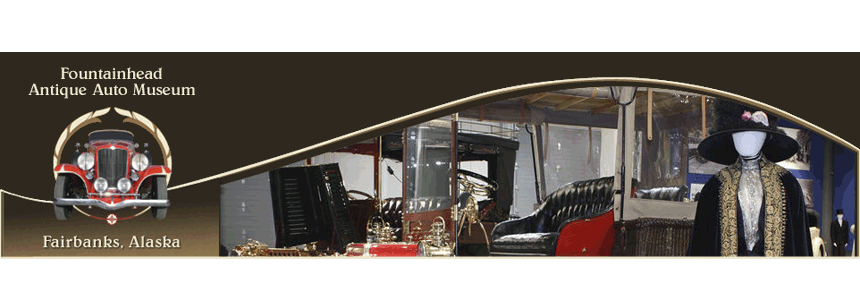Another 1920s-themed event is coming up in Fairbanks, which means I've been getting questions about how to dress "like a flapper." Just what does that mean, exactly? First, it helps to give some context to the era of The Great Gatsby.
The 1920s was a time of great social change for women. Most notably, they won the right to vote and gained more social freedoms. As they began attending college and working outside the home in greater numbers, it became acceptable for them to live away from their families. Some sources say the term "flapper" was first used to describe these independent women as young birds, flapping their wings and leaving the nest.
 The term flapper was more commonly used to describe the 1920s woman who flaunted a rebellious, pleasure-seeking lifestyle. After the dreary war years and the flu pandemic of 1918, young people were ready to embrace life to the fullest. Despite (or because of) Prohibition, drinking became a favorite pastime, along with unchaperoned dating, driving fast cars and staying out late dancing.
The term flapper was more commonly used to describe the 1920s woman who flaunted a rebellious, pleasure-seeking lifestyle. After the dreary war years and the flu pandemic of 1918, young people were ready to embrace life to the fullest. Despite (or because of) Prohibition, drinking became a favorite pastime, along with unchaperoned dating, driving fast cars and staying out late dancing. Women's fashion embraced this carefree attitude, with dresses becoming looser and sexier. The ideal shape was that of boy, with flattened breasts and narrow hips. Many women wore soft corsets or side-lacing bras to achieve this shape, while some actually bound their chests with bandeaus. Waist lines dropped or disappeared altogether. Hair was worn in a boyish bob, or pulled back with waves on the side to simulate a bobbed look.
 Despite their boyish shape, dresses of this era were stylish, feminine and often very ornate. The discovery of King Tutankhamun's tomb in 1922 had a huge effect on fashion, inspiring Egyptian motifs and geometric patterns on dresses, purses and jewelry. The ultimate evening dresses were embellished with beads, sequins, embroidery, lace and/or fringe, often sewn on to a net tunic worn over a colorful underdress.
Despite their boyish shape, dresses of this era were stylish, feminine and often very ornate. The discovery of King Tutankhamun's tomb in 1922 had a huge effect on fashion, inspiring Egyptian motifs and geometric patterns on dresses, purses and jewelry. The ultimate evening dresses were embellished with beads, sequins, embroidery, lace and/or fringe, often sewn on to a net tunic worn over a colorful underdress. 
 Dresses of the era were typically calf length, unlike most costume flapper dresses sold today (hemlines did extend above the knees for a brief period in the 20s, but not by much). Scalloped and handkerchief hemlines created the illusion of shorter dresses. Most were sleeveless and some had extremely low backs. A flapper finished off her look with costume jewelry, nude or pastel stockings rolled down to just below the knees, t-strap shoes, and a cloche, beaded skull cap, headband or decorative hairpiece. She might have also worn a feather boa, shawl or wrap, as shown in our post on 1920s coats.
Dresses of the era were typically calf length, unlike most costume flapper dresses sold today (hemlines did extend above the knees for a brief period in the 20s, but not by much). Scalloped and handkerchief hemlines created the illusion of shorter dresses. Most were sleeveless and some had extremely low backs. A flapper finished off her look with costume jewelry, nude or pastel stockings rolled down to just below the knees, t-strap shoes, and a cloche, beaded skull cap, headband or decorative hairpiece. She might have also worn a feather boa, shawl or wrap, as shown in our post on 1920s coats.We have a beautiful selection of 1920s dresses on display in the museum and the Wedgewood Resort Visitor Center. Stop by and get some ideas for creating your own flapper look. Or, check out these resources for men's and women's Roaring Twenties costumes.



No comments:
Post a Comment
Blogging about the Fountainhead Antique Auto Museum's latest news, adventures and research